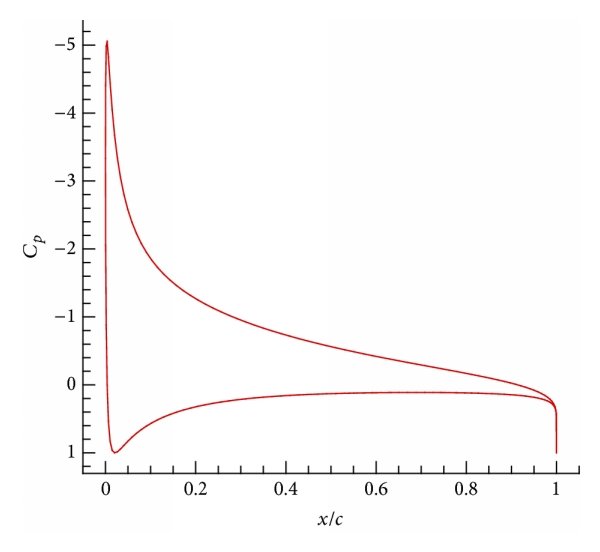It is amazing how we continue to struggle to understand the fundamentals of lift, but no need to be tearing apart somebody else's work.
In the video (rightly or wrongly) the Bernoulli equation for flow through a restricted pipe is used:
P1 + 1/2 $\rho$v1$^2$ = P2 + 1/2 $\rho$v2$^2$
F/Area = (P1 - P2) or $\Delta$P
Where he get a little shakey is when a division by $\rho$ step is not explained, leading to
P1/$\rho$ + 1/2 v1$^2$ = P2/$\rho$ + 1/2 v2$^2$
Now we have $\Delta$P/$\rho$ = 1/2 (v2$^2$ - v1$^2$) = 1/2 $\Delta$ (of) v$^2$
Plugging back in to $\Delta$P/$\rho$ = F/(A$\rho$) = 1/2 $\Delta$v$^2$
--> F or Lift = 1/2 $\rho$ × A × $\Delta$v$^2$, or, substituting the symbol S for area :
Lift = 1/2 $\rho$ × S × $\Delta$v$^2$
Although the math is correct: the issue is that $\Delta$v$^2$ in pipes is further dissected to v$^2$ of the freestream × coefficient of lift in aviation.
Coefficient of lift contains the factors of Angle of Attack and Airfoil shape and camber.
Any object moving through a fluid will create drag, but we can study the phenomena relative to the aircraft, so now we have air flowing over the stationary object, as in a wind tunnel.
Perhaps easier to understand by taking a fully symmetrical object, and pointing it straight into the wind: we have high pressure and lower velocity in front, and lower pressure and higher velocity on top and bottom.
In order to create lift, we must have an angle of attack to the freestream. Lift can be positive or negative, but to counter-act gravitational force, we need to produce a postive angle of attack$^1$.
Now, the higher pressure, lower velocity region grows in size and shifts to underneath the wing, and the lower pressure higher velocity "wake" of the wing is on top of the wing.
Naturally, we see an increase in drag as AoA increases.
But as speed increases, the ability of the wing to hold higher pressure below, and lower pressure above, increases because $\Delta$ pressure can be maintained faster than the natural tendency of air pressure to equalize pressure.
Here the energy of the thrust is literally running a vacuum pump and a pressure pump on the wing at the same time, creating the lifting force.
Another very important factor is Reynolds number. Above a certain limit, the efficiency of the pressure/vacuum pump increases greatly, allowing much higher Lift to Drag ratios.
Changes in airfoil shapes design can improve this further.
$^1$ asymmetrical wings can generate lift at 0, or even slightly negative, Angle of Attack

